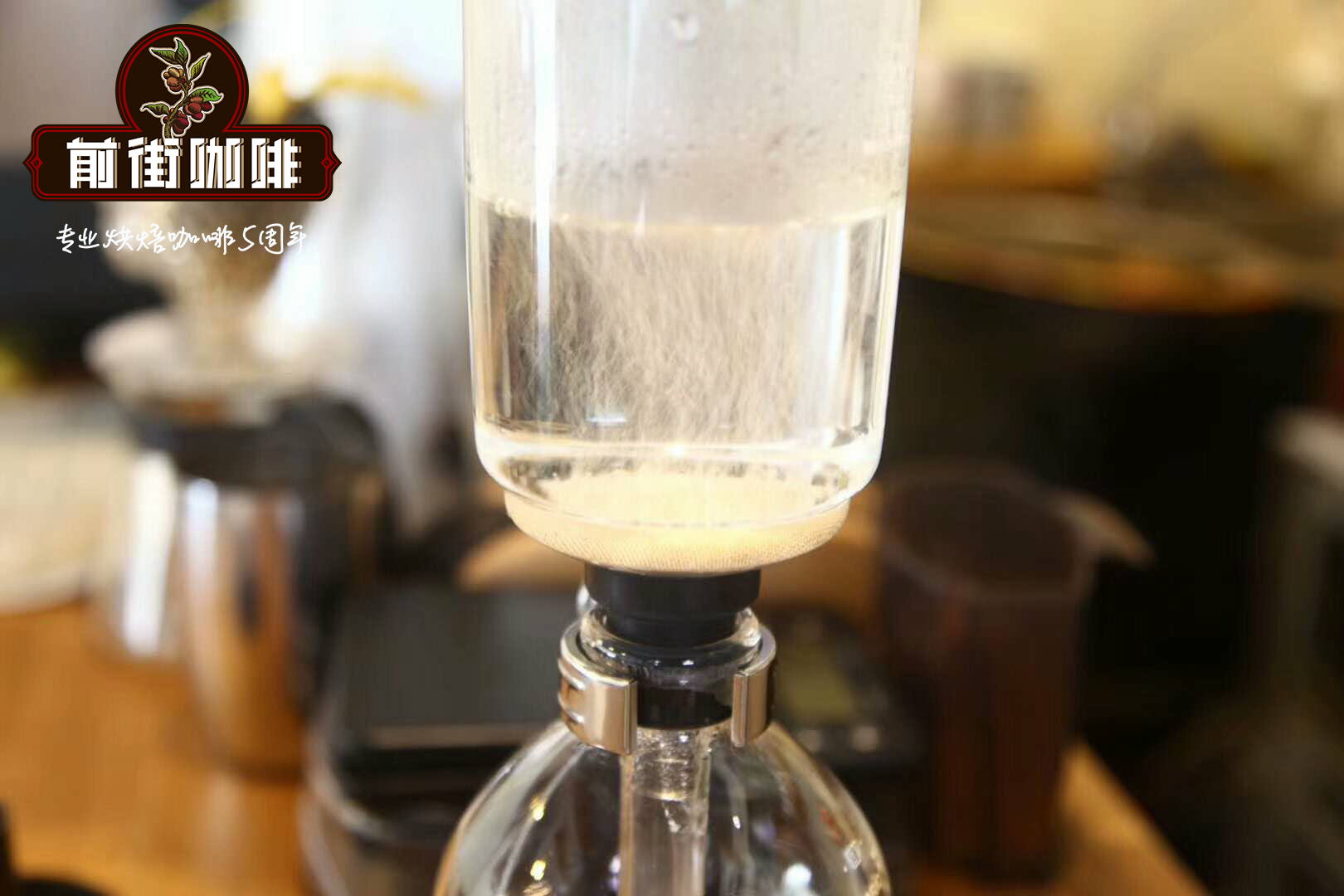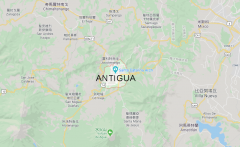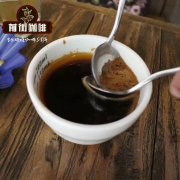What are the factors that affect coffee quality?

The annual coffee harvest, in El Salvador, for example, is from November to February to March of the following year, which is a dry and cold season, which is very suitable for picking coffee fruits, but all of this can be changed by rain.
At the time of writing, the author witnessed the dramatic changes brought about by rain in El Salvador, and the flowers on the coffee trees blossomed while workers were harvesting. Carlos Pola of Brisas Manor said: "this is not uncommon in a country with relatively high rainfall such as Colombia, but the rainfall in El Salvador at this time is as unusual as snow in June. "
This is not only a strange weather phenomenon, but also a cause of concern for many farmers, which will not only affect the decline in income of the current year, but also indirectly affect the harvest of the next year.
The rainfall in the harvest period represents the damage to the coffee.
Although rainfall is important for the high yield and growth of coffee, it is a negative threat to ripe coffee fruit, which is knocked to the ground, and fruit that falls to the ground for too long begins to ferment.
On the other hand, the fruit left on the branch may crack because it absorbs too much water too quickly, which will force the flesh of the mature fruit to separate, which will lead to the loss of fruit weight and the loss of pectin layer. and then reduce the quality of the finished coffee and the cup score. "it's like the loss of sugar in coffee," says Rafael Silva of SICAFE. "
When the author sees that coffee fruits are classified according to maturity in the activities of micro-batches of coffee, the most ideal batch has the most ripe fruits, fewer overripe fruits and pink fruits, and no unripe fruits. Manager Roberto said: "if there is rain, we will harvest pink fruit, because waiting for the fruit to turn red before the harvest will take a lot of risk." "
Although harvesting pink fruit will get lower cup test score and purchase price, waiting for the fruit to turn red before harvest will make farmers bear the lose-lose result of lower yield and lower quality.
Deal with the challenges faced by the farm
Rain can cause problems not only for the end of the farm, but also for the factories that deal with it. Rafael explained: "for coffee that has just been harvested and processed, it is okay for air humidity to cause a little more moisture, but for coffee whose moisture content has been treated to the right range and ready for bagging and export, it can have a serious impact. "you will need to dry them again, that is, you will need secondary treatment, which will lead to a decline in quality," he said. "
Even when coffee is freshly harvested and dried on a shelf, rain can have a negative impact, says Rafael. "you need to use wood to separate different batches of coffee from mixing, and then cover the raw beans. But if the rain comes quickly and quickly, it will catch us off guard. "
If the rain comes quickly and quickly, it will cause great damage, even if it is kept in a sealed bag specially designed to fight Rain Water's moisture, especially when there are a large number of bags of raw beans. it is difficult to close all the bags before the moisture has a great impact.
"Rain is the peak period and the most difficult time for the processing plant," said Rodrigo Silva of SICAFE. "
Financial impact of rainfall during harvest on producers
Rainfall is especially bad for coffee treated with sun or honey, and it is even worse if small farmers are short of manpower, insufficient resources and room for working capital.
Rafael and Rodrigo said: "this kind of rainfall will reduce the cup test score, and many buyers will only buy items with more than 84 points. If the price of commercial beans is knocked down from boutique to commercial beans due to the influence of Rain Water, it is a very big difference for farmers' income." "
In particular, small farmers are helpless and can only watch the quality of their coffee decline. "We have to call the factory and ask them to separate the wet batches and cover them with items," Rafael said. Then transfer the almost ready fruit to the greenhouse. Smaller farmers only need to pick up all the fruit in the next stage. "
The influence of Rain Water on the next year's harvest
"the harvest date of the next year will be advanced to August. "
The author heard this sentence several times in the El Salvador producing area where the rain occurred. Due to the unexpected heavy rain, coffee flowers appear early on the branches, but coffee flowers have a lot to do with the development of the fruit. Although there are differences in varieties and producing areas, the fruit of Arabica coffee usually ripens nine months after flowering.
As a result, the coffee harvested that year is very likely to be of low quality and low yield, and some farmers with lower incomes will want to receive payment early the next year. After all, farmers have no cash and will want to have an income before their livelihood is difficult.
However, as coffee from El Salvador competes with coffee that usually occurs at the same time (such as Peru, Brazil, Kenya), an early harvest can affect supply and demand. A decrease in demand and an increase in supply will lead to lower prices, so the month when farmers tighten their belts is likely to last longer.
Often, early harvesting can also lead to the lack of harvesting workers, because it is a seasonal job. However, as coffee leaf rust hit coffee production and quality in 2012, resulting in coffee harvest overproduction, some local producers estimate that the number of harvesting workers is 25% more than the actual number of people needed.
But even a glimmer of hope obscures the nasty reality that if the harvest starts early, it may end early. Workers who usually want to work until February or even March may lose their jobs before December. The gap between the 2017 and 2018 harvests will be wider, which means that the number of months in which farmers tighten their belts is likely to increase.
The boutique coffee industry turns a blind eye to the problems behind it?
Real buyers don't see these problems, says SICAFE's Rodrigo Silva. It's not the rainy season when they get to the farm, and they don't know what problems a light rain will bring.
Some coffee producers may prefer to work with local buyers rather than boutique buyers. One of the reasons why there is less risk is that if rain causes quality damage, boutique coffee buyers may not buy them, but local buyers will still buy the coffee.
There is no simple solution to the damage caused by rainfall during the harvest, and the boutique coffee industry must be concerned about the quality of coffee while not ignoring the livelihoods of producers and farm workers. We can ask ourselves, not only when the weather is good, but when it is windy and rainy, and even when diseases and insect pests damage crops, what else can we do at the back end of the supply chain to stabilize the income of the front-end characters?
Of course, farmers' sources of income must be diversified, but they also need funds to support producers to buy equipment to maintain coffee dryness, provide loans for future crops, and so on. There is no way to completely solve the problem of rainfall in the harvest period, but in the face of unstable climatic conditions, there are many ways to support producers, and this is not far away from us.
Important Notice :
前街咖啡 FrontStreet Coffee has moved to new addredd:
FrontStreet Coffee Address: 315,Donghua East Road,GuangZhou
Tel:020 38364473
- Prev

Geographical advantages of Antigua producing areas in Guatemala Flavor characteristics of Raminita Coffee
Antigua region is said to be the birthplace of Guatemalan coffee. Antigua is located in a valley surrounded by three volcanoes, of which Volcan Fuego is an active volcano. Irregular outbreaks have caused the soil in this producing area to be rich in minerals, and there are also a large number of primeval forests in the producing area, so that the soil is rich in potassium ions.
- Next

How does origin affect the chemical composition and traceability of coffee? Does coffee from different places have the same flavor?
Do you have a favorite coffee producing area? Brazil, Kenya, Ethiopia? Why do you need to care which country the coffee comes from? The most important reason is that even the same variety of coffee will produce different chemical composition due to different planting places. These differences in chemical composition will not only affect the flavor, but also help us to identify distinct flavor characteristics. This article gives way
Related
- Beginners will see the "Coffee pull flower" guide!
- What is the difference between ice blog purified milk and ordinary milk coffee?
- Why is the Philippines the largest producer of crops in Liberia?
- For coffee extraction, should the fine powder be retained?
- How does extracted espresso fill pressed powder? How much strength does it take to press the powder?
- How to make jasmine cold extract coffee? Is the jasmine + latte good?
- Will this little toy really make the coffee taste better? How does Lily Drip affect coffee extraction?
- Will the action of slapping the filter cup also affect coffee extraction?
- What's the difference between powder-to-water ratio and powder-to-liquid ratio?
- What is the Ethiopian local species? What does it have to do with Heirloom native species?

